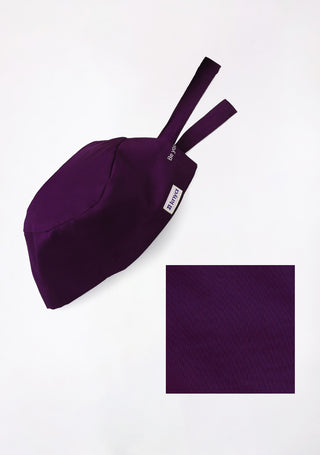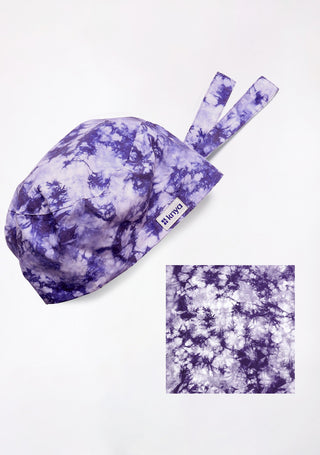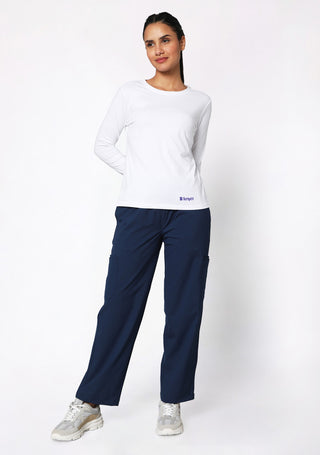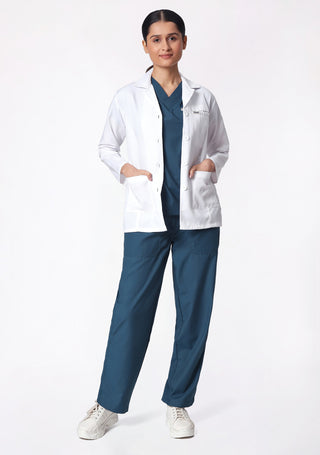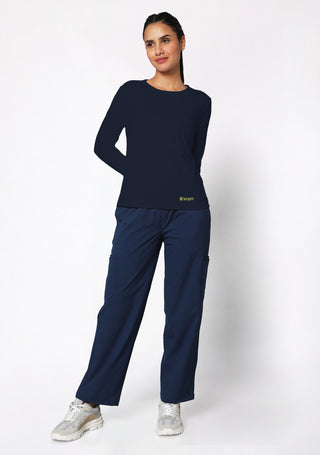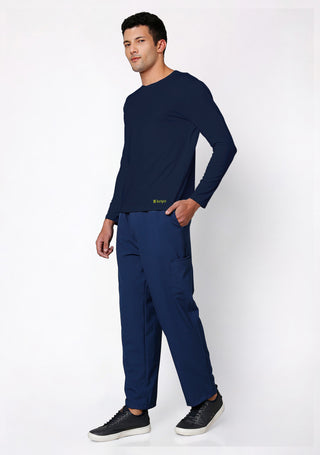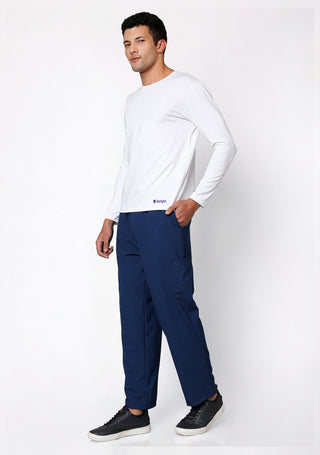Introduction: More Than Just a Uniform
For medical students, wearing scrubs is a defining moment—a transition from theory to practice, from lectures to real-life patient care. It marks the shift from studying medicine in textbooks to actively engaging in the hospital environment. More than just a uniform, scrubs represent a commitment to healing, professionalism, and the weight of responsibility that comes with patient care.
From the first time they slip into scrubs, medical students begin to see themselves as future doctors. These simple yet essential garments carry the experiences of long shifts, challenging cases, life-changing victories, and emotional setbacks. Scrubs are more than fabric; they symbolize dedication, resilience, and a future devoted to saving lives.
So, when do medical students start wearing scrubs? What is their significance? And how can students make the most of this essential medical attire? Let’s explore the journey from textbooks to scrubs and what it truly means for aspiring doctors.
Click here to Explore All Women's Scrubs and discover our complete collection of comfortable and stylish medical apparel
The Timing: When Do Medical Students Start Wearing Scrubs?
The transition to wearing scrubs varies across countries, institutions, and medical programs. However, students generally begin wearing scrubs when they enter clinical rotations, typically in their third or fourth year of medical school. Below is a breakdown of when and why medical students start wearing scrubs.
Preclinical Years (1st & 2nd Year): Books, Labs, and White Coats
In the first two years, medical students focus primarily on theoretical knowledge, attending lectures, studying textbooks, and engaging in laboratory work. During this phase, scrubs are not a regular part of their attire. However, there are certain instances where they may wear scrubs:
-
Anatomy Labs: Dissection sessions require students to wear protective clothing, which may include scrubs along with lab coats, gloves, and masks.
-
Hospital Observations: Some institutions allow first- or second-year students to shadow doctors in hospitals, where scrubs may be required.
While scrubs are not yet a daily uniform, they begin to symbolize the medical journey ahead.
Clinical Rotations (3rd & 4th Year): Entering the Scrub Era
The clinical years mark a significant transition—medical students move from the classroom into hospital wards, operating rooms, and outpatient clinics. Scrubs become a necessity during this phase, particularly in:
-
Surgical Rotations: Scrubs are mandatory in operating rooms for maintaining a sterile environment.
-
Emergency Departments: The fast-paced nature of ERs demands the practicality and comfort of scrubs.
-
Obstetrics and Gynecology (OB-GYN): Delivering babies and assisting in gynecological surgeries require sterile attire.
- Procedures and Minor Interventions: Drawing blood, inserting IVs, or assisting in wound care often require scrubs due to exposure to bodily fluids.
Ready to explore our amazing scrubs collection? Browse the best here
Specialty Rotations: When Scrubs May Not Be Required
In some rotations, such as psychiatry, internal medicine, or pediatrics, scrubs may not be a daily requirement. Instead, students may wear professional attire with a white coat. However, scrubs are still used when students participate in hospital-intensive care units (ICUs) or perform hands-on medical procedures.
Why Scrubs Are Essential for Medical Students?
Scrubs are not just about appearance; they serve multiple practical purposes that enhance a medical student’s efficiency and safety.
1. Comfort and Functionality
Scrubs are designed to offer unrestricted movement, which is crucial when assisting in procedures or working long shifts. They are lightweight, breathable, and allow students to focus on patient care without the distraction of uncomfortable clothing.
2. Hygiene and Infection Control
Hospitals are environments where infection control is critical. Scrubs help minimize the spread of bacteria and pathogens, and they are easy to disinfect through medical-grade laundering. Many modern scrubs are now designed with antimicrobial fabric to enhance protection.
3. Professionalism and Identity
Wearing scrubs fosters a sense of belonging among medical professionals. They create a uniform standard within the hospital, distinguishing healthcare workers from patients and visitors. For students, scrubs are a symbol of their transition into clinical practice.
4. Practical Features
Modern scrubs include deep pockets for carrying essential tools like pens, notepads, reflex hammers, and even small medical instruments. They are designed to be both practical and efficient for medical professionals.
Challenges of Wearing Scrubs
Despite their benefits, scrubs come with their own set of challenges. Medical students should be aware of the following issues:
1. Finding the Right Fit
Many students struggle to find scrubs that fit well, as standard hospital-issued scrubs may not accommodate all body types. Investing in personalized or well-fitted scrubs can enhance comfort during long shifts.
2. Maintenance and Hygiene
Scrubs must be washed and disinfected after each use. Stains from bodily fluids and exposure to hospital environments require careful laundering to maintain hygiene.
3. Professional Presentation
While scrubs are practical, medical students must ensure they present themselves professionally. Avoiding overly bright colors, wrinkled attire, or excessive customization is key to maintaining a polished look.
Tips for Choosing and Wearing Scrubs
For medical students wearing scrubs for the first time, here are some useful tips:
-
Invest in Quality Scrubs: Choose durable, breathable, and well-fitting scrubs for maximum comfort.
-
Keep Extra Sets: Always have at least two or three sets of scrubs to rotate between shifts.
-
Customize for Comfort: Look for adjustable waistbands or stretchable fabrics to enhance mobility.
-
Follow Institutional Guidelines: Some hospitals have color-coded scrubs for different departments—always check the dress code.
- Maintain Hygiene: Wash scrubs thoroughly after each use and store them separately from everyday clothing.
Conclusion: More Than Just Fabric—A Symbol of Dedication
For medical students, wearing scrubs is a milestone in their journey toward becoming doctors. More than just fabric, scrubs represent resilience, commitment, and the readiness to step into the world of patient care. Each time they wear scrubs, they embrace the responsibility of healing, learning, and growing into skilled professionals.
So, the next time you see a medical student in scrubs, know that behind that simple attire lies a world of dreams, hard work, and an unwavering dedication to making a difference in the lives of others.

